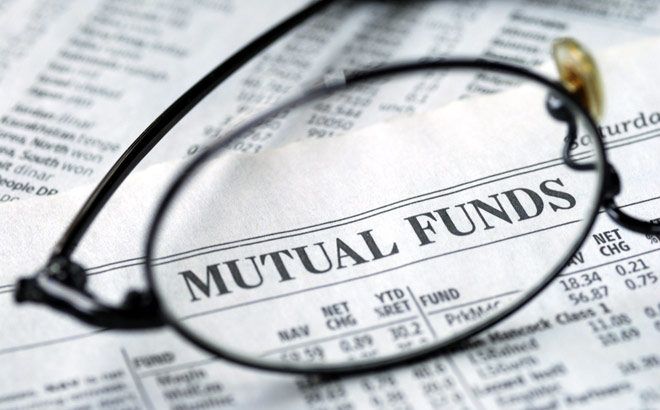It’s too early to claim a revival for active management, but based on the solid performance this year, it might also be premature to give up on active management all together.
According to CFRA, in the first half of this year, 49% of actively managed large-cap equity funds beat the 18.5% return of the S&P 500 Index.
By comparison, for the full year of 2018, 36% of active funds beat the benchmark, down slightly from 37% in 2017. In 2016, just 34% of active funds beat the S&P 500.
Advertisement
On average, over the past five years through 2018, just 17.9% of active funds beat the index, which helps explain flow of assets out of active funds and into passive strategies.
“It’s too soon to know whether investors will shift their behavior, but we’ve seen continued flows into lower-cost passive products,” said Todd Rosenbluth, director of mutual fund and ETF research at CFRA.
In May, Morningstar data showed the fund industry was nearing the breakeven point, with assets in active funds about to be overtaken by the total assets in passive funds. Just 10 years ago, active funds held a commanding 75% of fund assets.
Morningstar’s most recent data show U.S. active funds lost $15.6 billion to outflows in May, but still hold about $89 billion more in total assets than passive funds.
“We jumped the gun last month in declaring asset parity between active and passive U.S. equity funds” based on April fund data, said Morningstar senior analyst Kevin McDevitt, who explained that additional funds reported assets after the publication of May’s report, resulting in a larger gap between active and passive U.S. equity funds.
Over the 12-month period through May, Morningstar reports that all categories of active funds combined for nearly $338 billion worth of net outflows, while all categories of passive funds combined for $461 billion worth of net inflows.
Paul Schatz, president of Heritage Capital, is cautious about making too much of how active funds performed over the first six months of the year because he doesn’t expect active funds to keep pace as the market matures.
“As the bull market continues to age, it will be harder, not easier, for active managers to keep up,” Mr. Schatz said.
While active managers that can hold cash or avoid the most expensive stocks in an index might have an advantage in a falling stock market, Mr. Schatz said active managers can get caught in a unique rut in markets that are nearing a peak.
“Usually at the end of bull markets you get increased volatility but with an upward bias,” he said. “A portfolio manager with a universe of 1,000 stocks will not pick and choose from the five or 10 largest companies in an index because they don’t want to be a closet indexer.”
The S&P 500 is market-cap-weighting, so the largest companies make up the largest percentage of the fund. Mr. Schatz said active managers try to distinguish themselves from the index by not owning the same handful of funds that are driving most of the benchmark’s performance.
But that situation in which just a handful of the biggest stocks are outperforming is the final stage of a bull market, he said.
“Participation has not started to narrow, but when that happens the index funds will really start to outperform,” Mr. Schatz said. “What this means is that we’re not on the precipice of a bear market.”
(More: Individual stock blowups roll on even as market surges)



